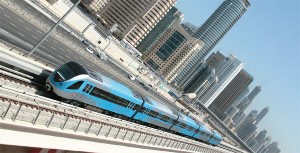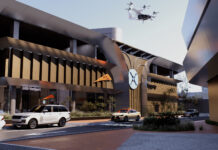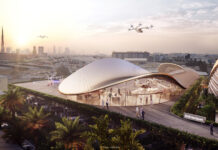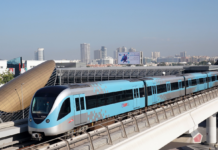By Shafaat Ahmed www.khaleejtimes.com
Progress it did, and phenomenally. To achieve a ridership of 30 million passengers in a year for a city like Dubai speaks for itself. For a city that has more cars than trees to have an average daily metro ridership of 120,000 passengers, this is a super achievement.
 Passenger numbers are expected to hit 40 million by the end of the year, Mattar Al Tayyer, CEO of the Road and Transport Authority, said, with the opening of the remaining stations on the Red Line, the first of two lines to enter service in the city of around two million people.
Passenger numbers are expected to hit 40 million by the end of the year, Mattar Al Tayyer, CEO of the Road and Transport Authority, said, with the opening of the remaining stations on the Red Line, the first of two lines to enter service in the city of around two million people.
If numbers are to be believed, then we can confidently say that the Metro is Dubai’s single biggest achievement in recent memory.
The biggest testimony to a system’s success or failure is the people that use it and aren’t they vouching for it. Already having a major impact on the city life, with more stations to open and a second line to follow soon, life simply won’t be the same again.
To meet the complaints of commuting to stations, the RTA created a network of shuttle buses connecting passengers from residential and work areas with the main train line. The oil-rich Gulf region has begun to take railway seriously as an important mode of transport, with rail schemes valued at $94.5 billion, out of transportation projects worth $170 billion, the Middle East Business Intelligence (MEED) said in June, and AFP report said.
These include a GCC rail link of 2,117 kilometres running from Oman to Kuwait through the UAE, Qatar, Bahrain and Saudi Arabia. But MEED said most of the transport projects are still in the design phase.



















